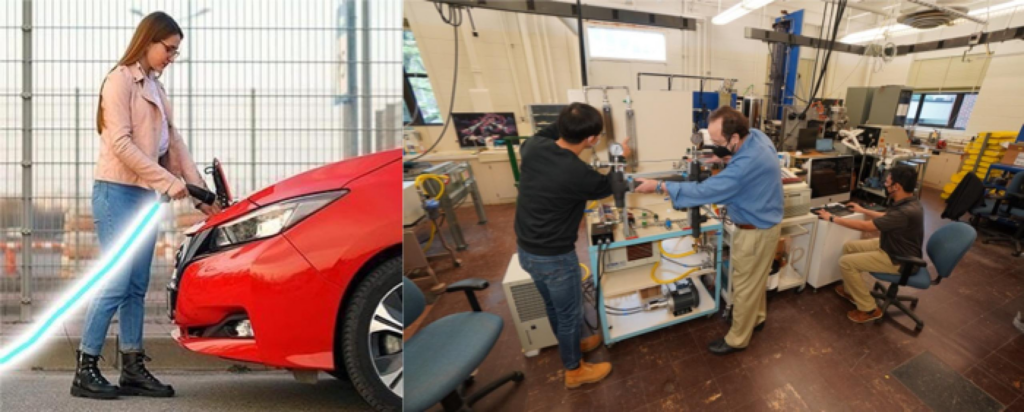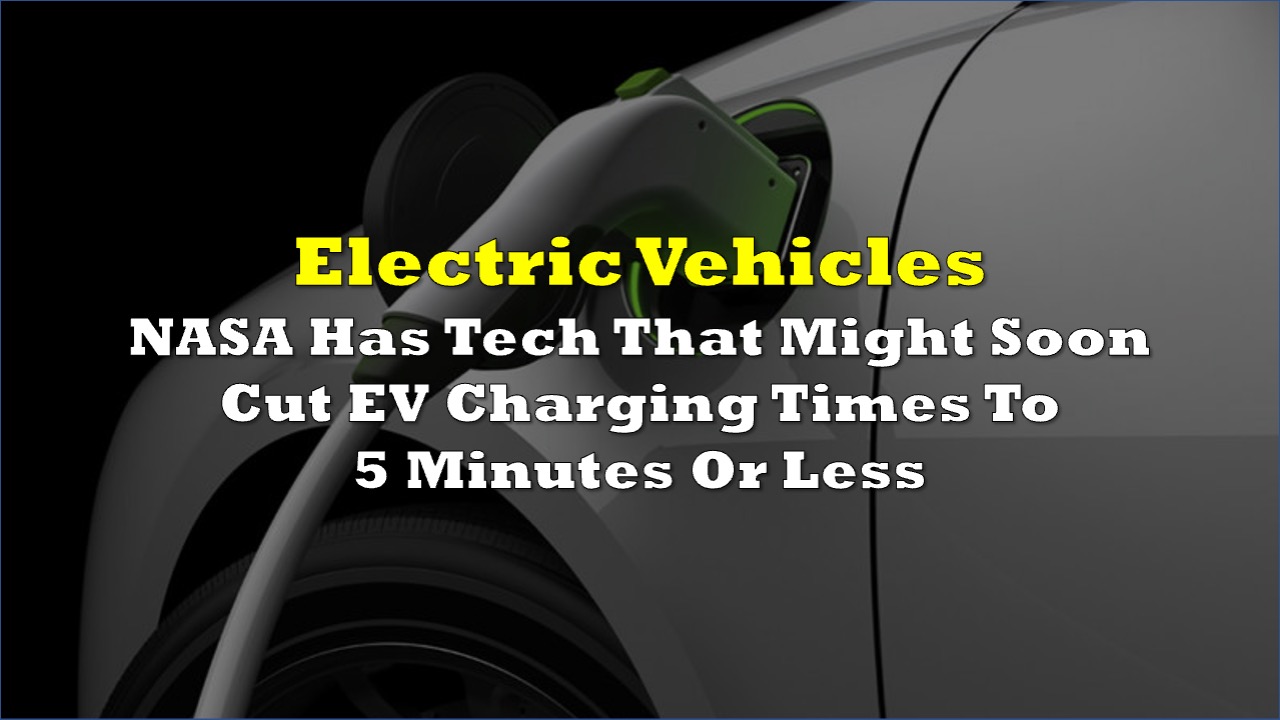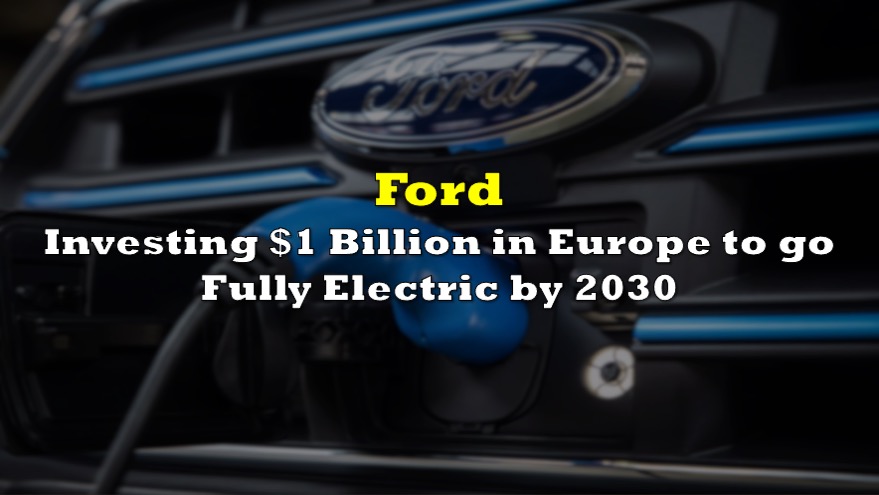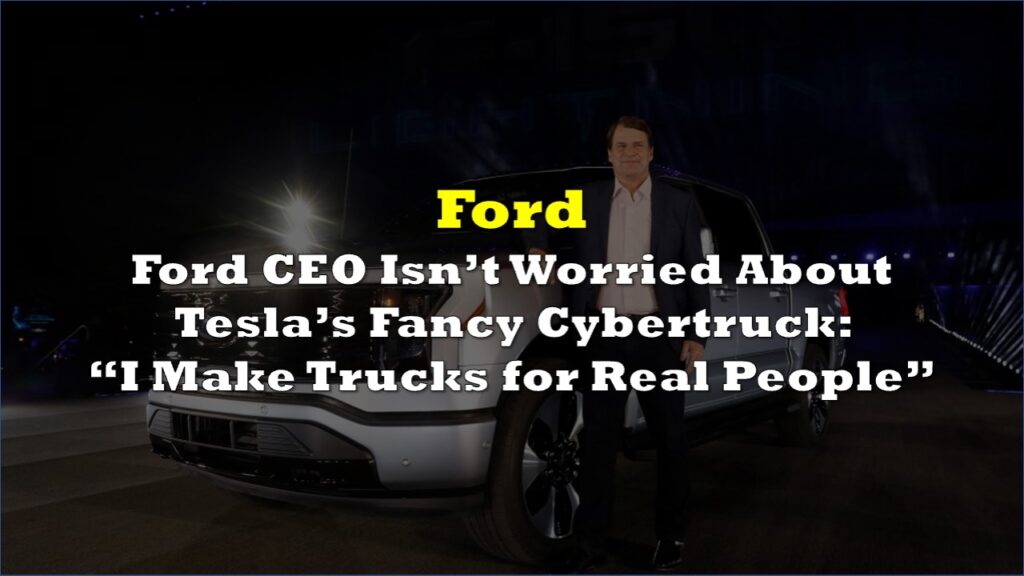This week on surprise space news, experimental technology used to cool equipment in space could soon be used to charge electric vehicles in five minutes or less, according to a blog post by NASA.
Five minutes, NASA points out, is the current industry goal for EV charging times. They said that to make this possible, the charging cable should be able to deliver 1,400 amperes. Today’s advanced EV chargers can only go up to 520 amperes, while most other consumer chargers provide less than 150 amperes.
To deliver 1,400 amperes, the charging system would generate a significantly higher level of heat and will require “improved methods” to control the temperature.
And this is where space tech comes in handy.

Called “subcooled flow boiling,” the new technology, developed in partnership with Purdue University, improves the transfer of heat from charging cables, allowing for a sharp boost in the amount of electrical current EV chargers can supply, thus dramatically reducing charging times.
NASA and Purdue’s subcooled flow boiling-powered charging cable can provide 2,400 amperes — 4.6 times more than what’s currently available in the market. When implemented, this new development is sure to tear away one significant barrier in EV adoption.
“This same technology may make owning an electric-powered car here on Earth easier and more feasible,” the blog said. “Application of this new technology resulted in (an) unprecedented reduction of the time required to charge a vehicle and may remove one of the key barriers to worldwide adoption of electric vehicles.”
Information for this briefing was found via NASA, and the sources and companies mentioned. The author has no securities or affiliations related to the organizations discussed. Not a recommendation to buy or sell. Always do additional research and consult a professional before purchasing a security. The author holds no licenses.










One Response
thank you for the information